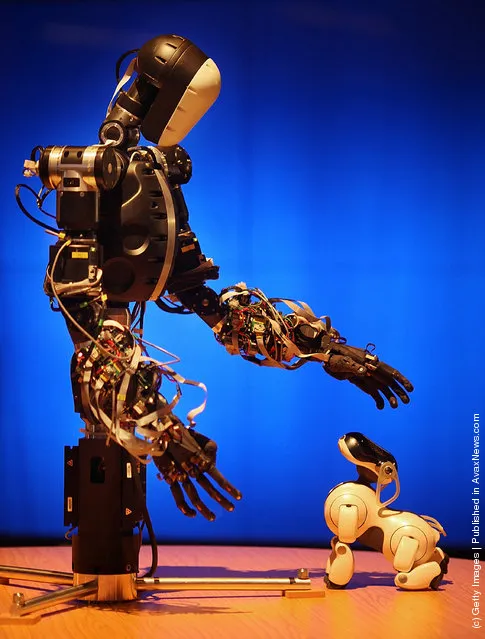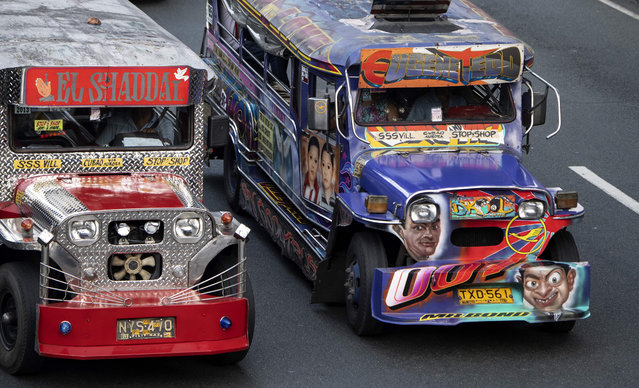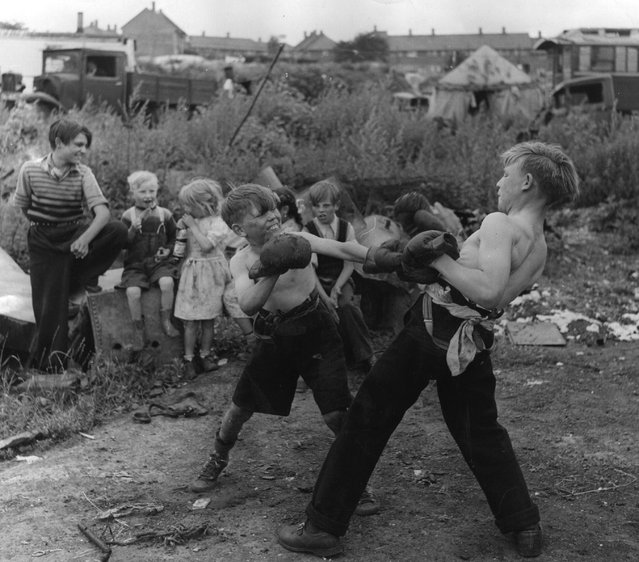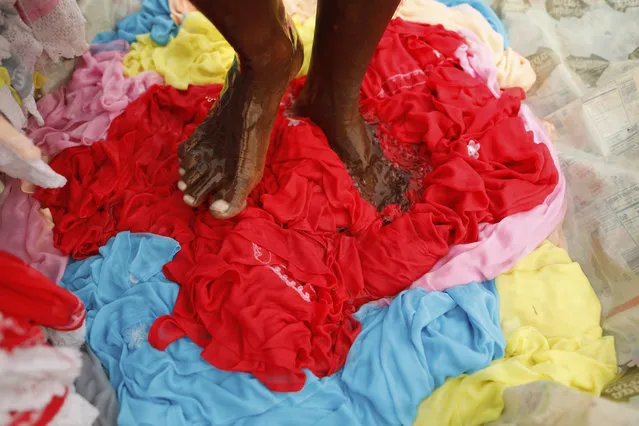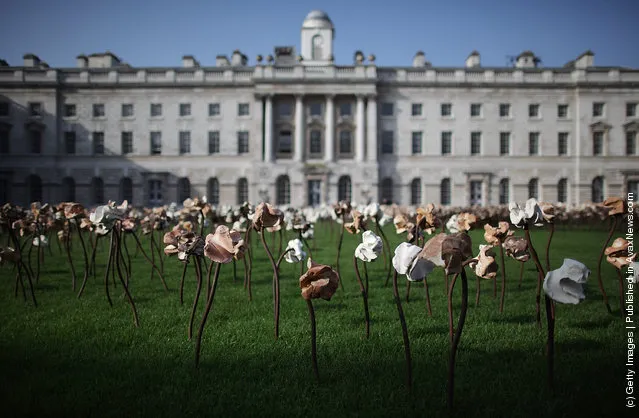
In spring sunsunshine the “Out of Sync” art installation is unveiled on a grass meadow at Somerset House on March 15, 2012 in London, England. Chilean artist Fernando Casasempere hand crafted the 10,000 clay flowers that dominate the Edmond J. Safra Fountain Court. The installation is open to the public at Somerset House from March 16th to April 27th 2012. (Photo by Peter Macdiarmid/Getty Images for Somerset House Trust)
17 Mar 2012 11:51:00,post received
0 comments



